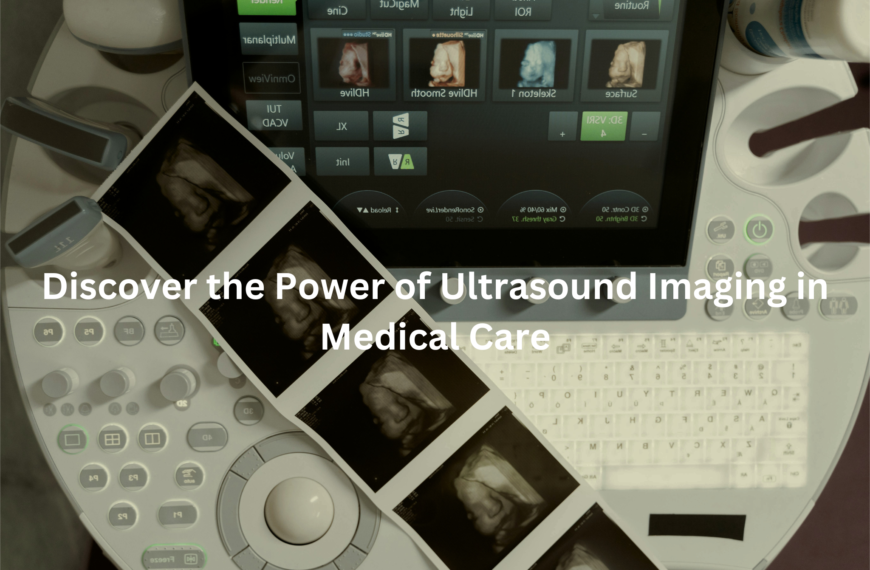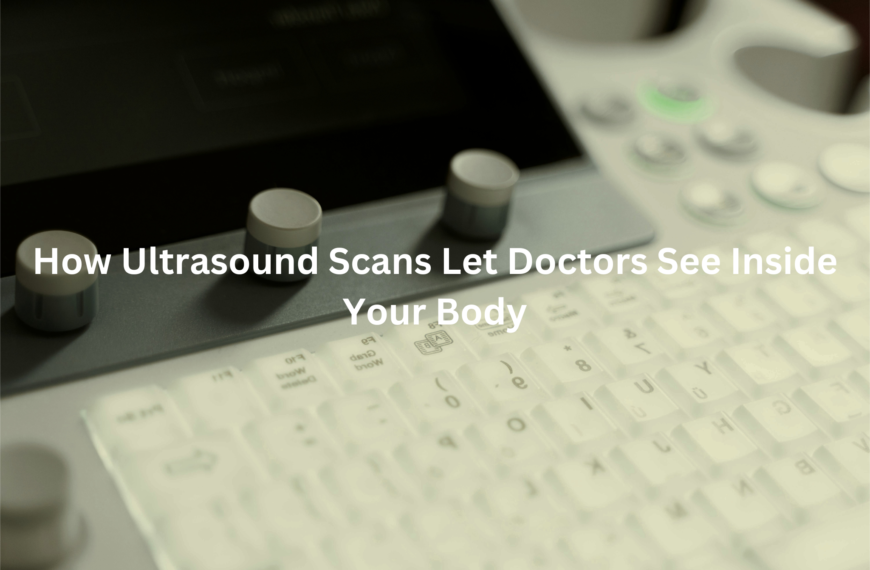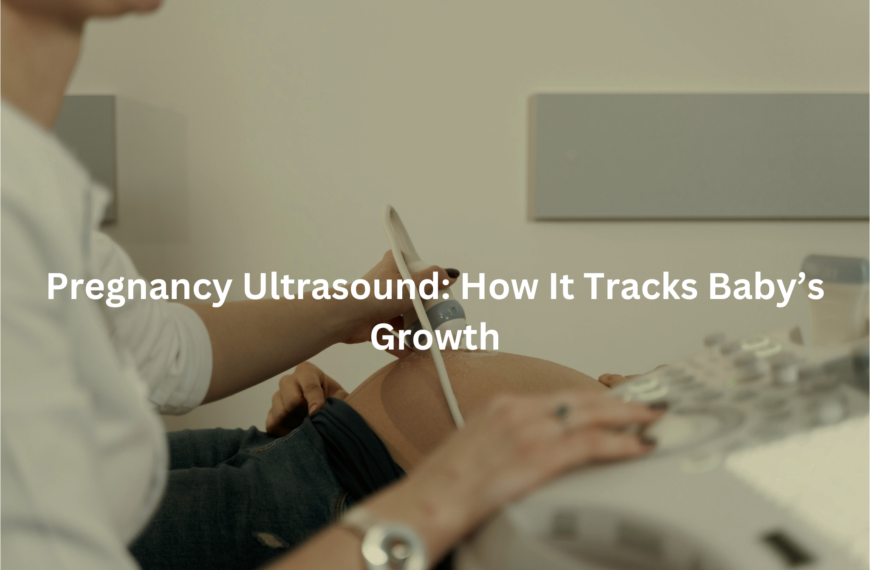What’s the right age for a mammogram? Australian guidelines say 40, but it depends on your health. Here’s what you need to know.
Starting mammogram screenings brings up questions about timing – much like many health choices. Women in Australia should think about breast screening from age 40 onwards (as per BreastScreen Australia guidelines). The process takes about 20 minutes and uses low-dose X-rays to check breast tissue.
Family history and personal health factors affect when someone might need to start earlier. A doctor can help work out the right time based on these factors. The scans can spot changes as small as 2 millimeters – way before they might be felt during a physical check. Regular screenings make a big difference in finding breast cancer early.
Key Takeaway
- Women aged 50 to 74 should get mammograms every two years.
- Women aged 40 to 49 can get free mammograms but should talk to their doctor first.
- Women under 40 usually don’t need mammograms unless they have other risk factors.
Understanding Age Groups for Mammograms
Breast cancer screening starts with a letter in the mailbox for Australian women at 50. The government’s BreastScreen Australia program sends these reminders every two years until age 74 – right when the risk peaks (about 75% of cases occur after 50).
Women between 40 and 49 can access free mammograms too, but they need to book themselves(1). The screening process looks different for this age group, mainly because:
- Younger breast tissue appears denser on scans
- False positive results happen more often
- Cancer detection becomes more challenging
Risk factors that might need earlier screening:
- Family history of breast cancer
- BRCA1 or BRCA2 gene mutations
- Dense breast tissue makeup
Extra screening tools like MRI or ultrasound might help high-risk cases. While mammograms catch problems early, they don’t prevent cancer. Regular exercise, balanced nutrition, and limited alcohol intake work together to lower risks. Women with concerns should talk to their GP about personal screening needs.
Women Under 40: What Should They Know?
Mammograms aren’t suitable for women under 40(2). Dense breast tissue in younger women makes cancer detection through X-rays quite challenging (similar to spotting objects through thick fog). While breast cancer rarely occurs before 40, it’s still possible.
Warning signs that need medical attention:
- Lumps in breast tissue
- Persistent pain
- Skin changes (redness, dimpling, swelling)
- Nipple changes or inversion
Healthcare providers typically recommend these screening methods:
- Clinical breast examination
- Ultrasound scanning (more effective for dense tissue)
- MRI scans (for high-risk cases)
Women with family history of early breast cancer might need genetic testing for BRCA1 and BRCA2 mutations. Though mammograms mightn’t be the first choice, doctors sometimes use them alongside other tests.
Risk reduction strategies include regular exercise, maintaining healthy weight, and limiting alcohol intake. Any breast changes should prompt a medical check-up – early detection makes a difference.
Screening for High-Risk Women
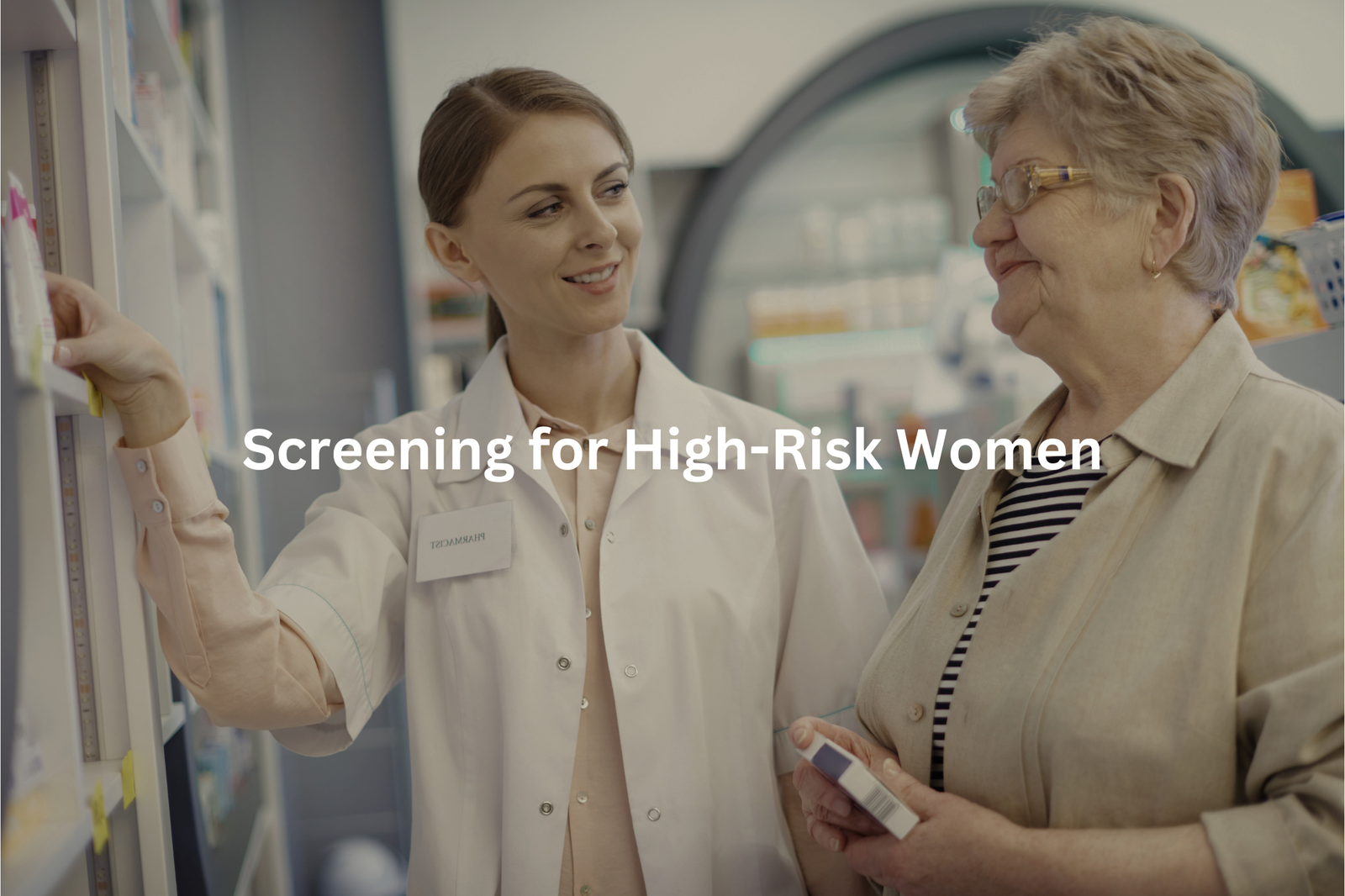
Breast cancer risk factors put some women on a different medical path. These factors include family history, genetic changes (BRCA1 or BRCA2), and past medical events.
A woman’s risk level rises with certain signs:
- First-degree relatives with breast cancer before age 50
- Known genetic mutations linked to breast cancer
- Previous breast cancer or abnormal cell growth
- Chest radiation treatment before age 30
Higher-risk patients need earlier and more frequent screening. The process starts at 30 or 40, not 50. Their screening plan might include:
- Regular mammograms (often 3D for dense breast tissue)
- Breast MRI scans for detailed images
- Clinical breast checks every 6 months
Risk management goes beyond screening. Medical options include risk-reducing medications like tamoxifen. Some patients with very high risk might discuss preventive surgery with their doctors. Most cases need regular monitoring and a personalised care plan based on individual risk factors.
Free Breast Screenings and Government Support
Sources: 9 News Australia.
Breast screening in Australia follows clear guidelines. Women aged 50 to 74 receive letters from BreastScreen Australia offering free mammograms. The service remains free for those 40 and up, though reminders only target specific age groups.
Warning signs of breast cancer include:
• A hard, painless lump
• Changes in breast shape or size
• Nipple changes (blood, inversion, or scaling)
• Persistent pain in one area
Early detection through regular screening boosts survival rates (studies show 5-year survival rates above 90% when caught early). While mammograms serve as the main screening tool, doctors might recommend:
• Ultrasound scans
• MRI scans
• Clinical breast exams
Women outside the target age range should discuss their screening needs with healthcare providers(3). Those over 74 can still access free mammograms but need a doctor’s referral. Regular self-checks between screenings help spot changes that need medical attention. The service operates nationwide with over 600 screening locations across Australia.
The Importance of Early Detection
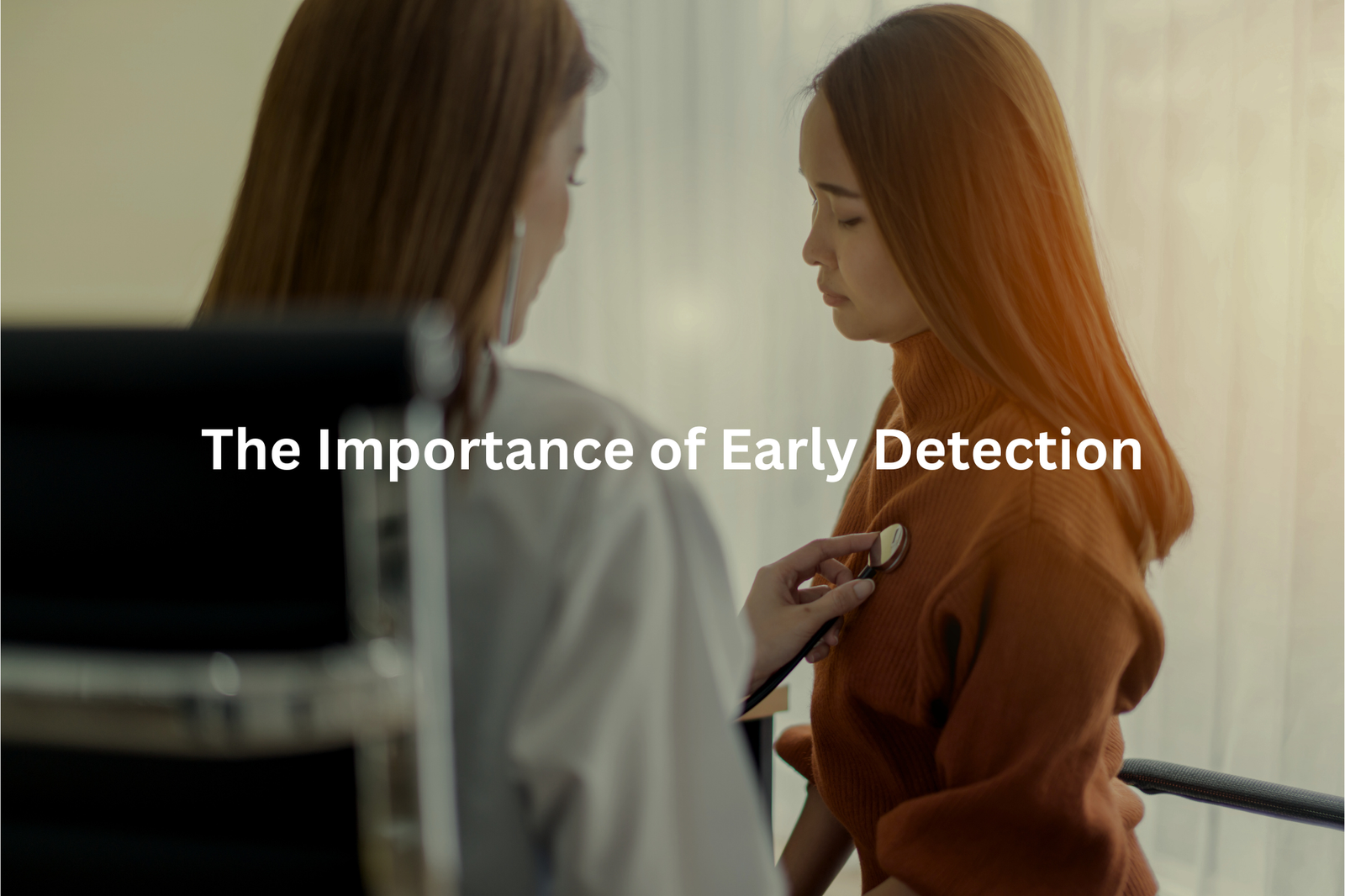
Breast cancer screening starts with mammograms, a vital tool for early detection. Women between 50 and 74 need these X-ray checks every two years through BreastScreen Australia (a free service that doesn’t need a GP referral).
The screening process catches about 75% of breast cancers before symptoms appear. For older women, the tests work better since breast tissue becomes less dense with age, making abnormalities easier to spot on X-rays.
What mammograms can and can’t do:
- Detect tumours early, leading to simpler treatments
- Lower death rates from breast cancer
- Miss roughly 25% of cancers in screened women
- Cannot prevent cancer from developing
Younger women or those with dense breast tissue might need different tests. Doctors often recommend ultrasounds or MRIs as alternatives. While no test guarantees perfect results, regular screening increases the chances of finding problems early. For appointments, women can contact BreastScreen Australia directly on 13 20 50.
FAQ
What is low-dose radiation in mammograms?
Low-dose radiation refers to the small amount of radiation used in mammograms to take images of the breast. This radiation level is considered safe and does not increase the risk of cancer. Mammograms use lower radiation doses compared to other imaging tests like CT scans.
What is the difference between breast MRI and a mammogram?
Breast MRI (magnetic resonance imaging) and mammograms are both imaging tests used to screen for breast cancer, but they work in different ways. Mammograms use low-dose X-rays, while breast MRI uses magnetic fields and radio waves. Breast MRI is often used for women with dense breasts or a higher risk of breast cancer.
Who is considered “high risk” for breast cancer?
Women are considered high risk for breast cancer if they have a personal or family history of the disease, have certain genetic mutations, or have other risk factors like dense breasts or previous radiation therapy to the chest. These women may need to start screening at a younger age or get additional tests like a breast MRI.
When should young women start getting mammograms?
Most health organisations recommend that women at average risk start getting annual mammograms at age 40 or 45. For women at higher risk, such as those with a family history, screening may need to start earlier, often around age 30 or even earlier. Talk to your doctor about the right age to start for your individual situation.
What is the “free breast” website?
The “gov website” refers to government websites that provide information on breast cancer screening and prevention, such as cancer.gov, breastscreen.gov.au, or cancer.org.au. These sites offer reliable, unbiased information on topics like mammograms, breast density, risk factors, and screening guidelines.
What is “fine needle aspiration”?
Fine needle aspiration is a procedure used to remove a small sample of cells from a breast lump or abnormality. It involves inserting a thin needle into the area and drawing out some cells, which are then examined under a microscope to check for signs of cancer. This test can help determine if a lump needs further investigation or treatment.
How can I find a breast lump?
Checking your breasts regularly, either in the shower or when getting dressed, is the best way to identify any new lumps or changes. Look for any hard, painless lumps or thickened areas, and have your doctor examine anything suspicious. Breast self-exams can help you become familiar with your normal breast texture and identify any changes early.
What are common breast cancer symptoms?
Common symptoms of breast cancer can include a new lump or mass, nipple discharge, skin changes like dimpling or redness, and unexplained breast pain. However, many breast changes are not cancerous. It’s important to have any new or concerning breast symptoms checked by a doctor, even if they don’t seem serious.
Who is at average risk for breast cancer?
Women at average risk for breast cancer are those without a strong family history, genetic mutations, or other major risk factors. This includes most women in the general population. Average-risk women should start annual mammograms at age 40 or 45, according to most health organisations.
When should women stop getting mammograms?
There is no set age when women should stop getting routine mammograms. Many experts recommend continuing annual screening as long as a woman is in good health and has a life expectancy of at least 5–10 more years. Discuss your personal situation with your doctor to decide when to stop regular mammograms.
Conclusion
Regular breast checks through mammograms protect women’s health (mammograms show detailed x-ray pictures of breast tissue). Women between 50 and 74 need screening every two years, while those 40 to 49 should discuss their needs with doctors.
Some risk factors like family history might need earlier screening. Monthly self-checks at home add another layer of protection. Women can spot changes by looking and feeling for anything different in their breasts, making it easier to catch problems early.
References
- https://www.breastscreen.org.au/what-happens/before-screening/should-i-be-screened/age-groups/
- https://www.healthdirect.gov.au/blog/what-you-should-know-about-breast-cancer-in-young-women
- https://www.aihw.gov.au/reports/cancer-screening/access-to-breastscreen-australia-screening-service/contents/introduction#:~:text=National%20BreastScreen%20Australia%20program&text=Women%20over%2040%20years%20can,but%20are%20not%20actively%20invited.


